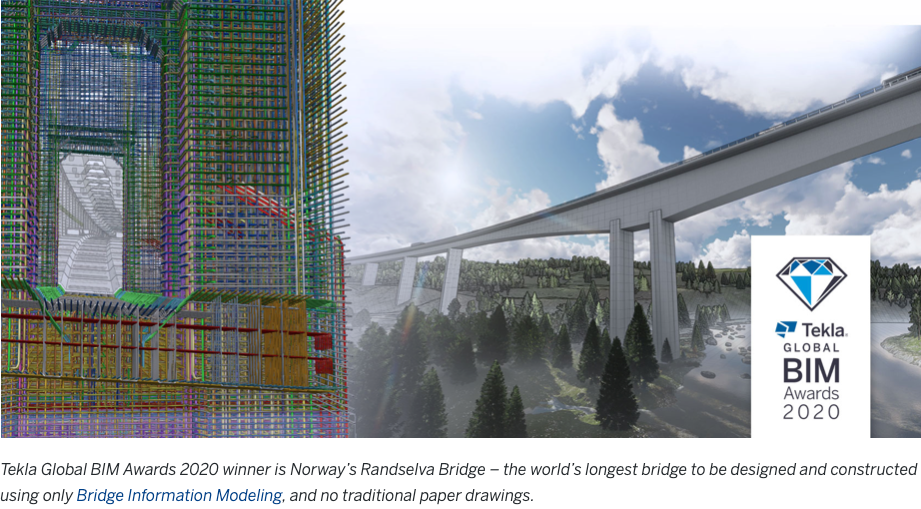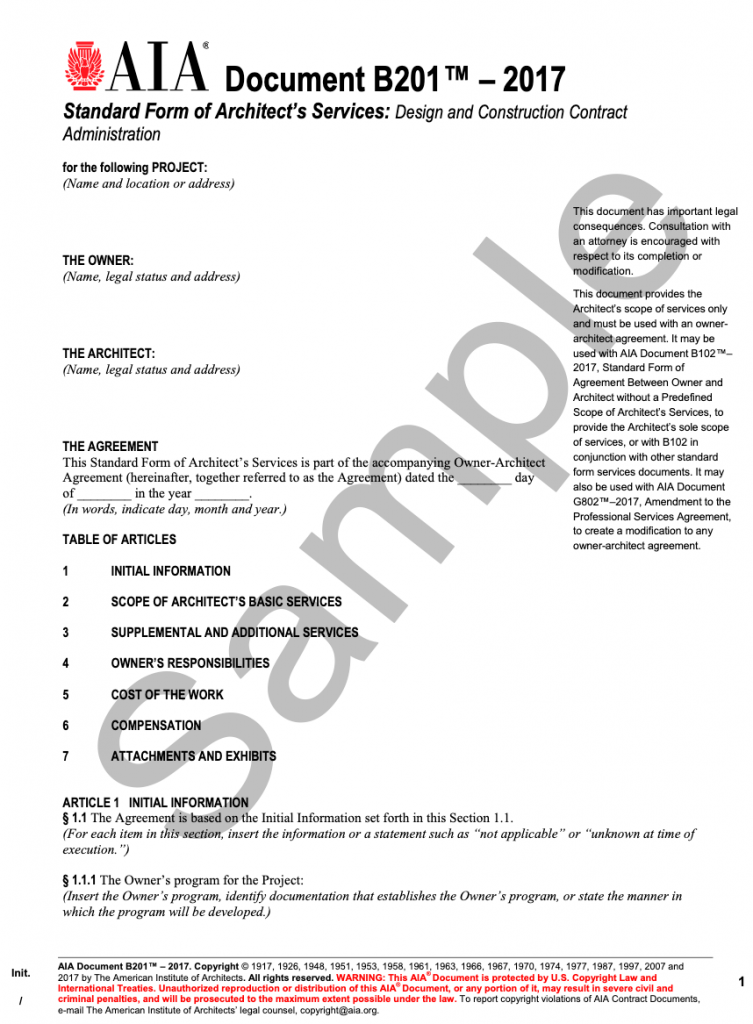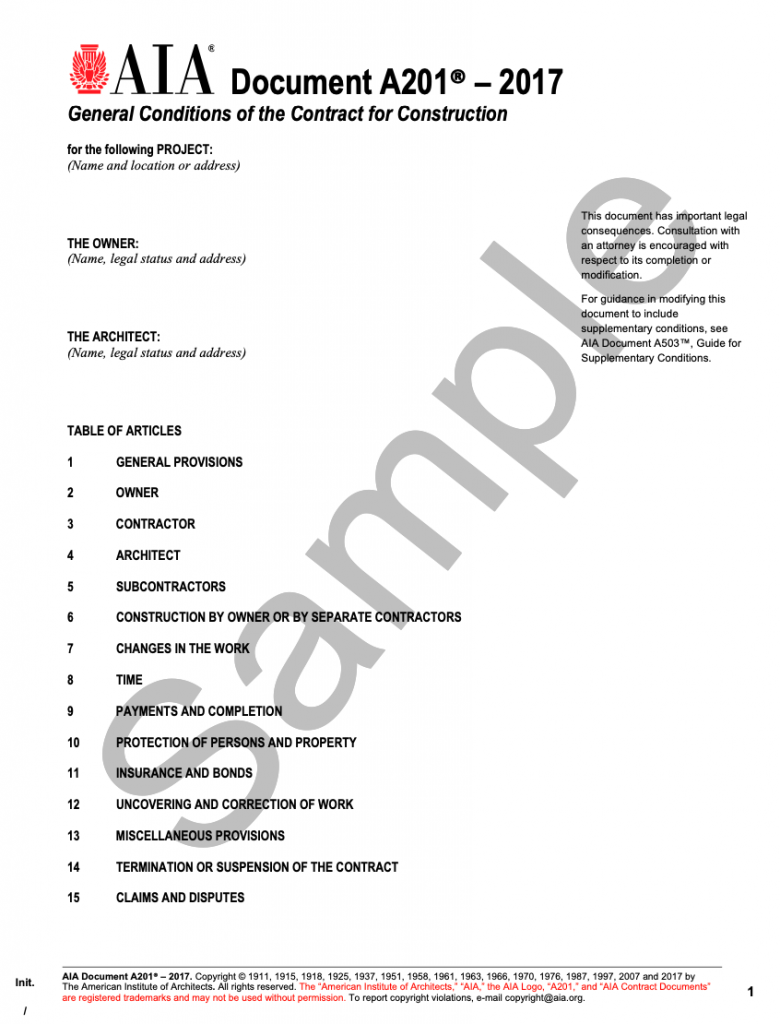22 Information Management
Learning Objectives
After reading this chapter, you should be able to:
- Describe the various sources of information that are shared between project participants
- Describe the information management process
- Define the role of information management throughout the project lifecycle
- Understand the importance of contractual and non-contractual information
The management of the flow of information on a project is a critical task of the project management team. As one construction executive stated to our class, ‘Information is the Lifeblood of a Project.’
Information Sources:
Design Information to support Construction (Construction Documents):
A core category of information on projects is the design information needed to support construction. This information has traditionally been embedded within the Construction Drawings (plans, sections, elevations, details, notes, etc.) and specifications (including the detailed product information and other requirements). Collectively, the drawings and specifications may be referenced as construction documents.
It is important to note that the use of ‘documents’ to transmit this construction information remains common practice, but there is a very limited number of projects that are arising that leverage a digital model as the main (or sole) source of construction information. One of the most advanced examples of the model as the legal document for construction information is the Randselva Bridge in Norway, a 2,000 feet long bridge that was constructed entirely from digital models without a single plan (see Figure 1). Again, this certainly is not common, but we are seeing more examples including several departments of transportation in the U.S. seeking to use a model as the contractual document for highway and bridge projects.

Requests for Information (RFI):
A Request for Information (RFI) is a process defined within the project’s general conditions that enable a constructor to request additional missing information or resolve conflicting information within the design documentation. The request is made by the constructor, and the design professional is to answer the request within a defined time period in the contract, typically within seven calendar days, although it is important to note that some information may not be readily available and may take additional time, e.g., if a contractor requests information regarding an owner supplied piece of equipment, but the owner may not have selected the equipment yet.
Please review the blog post from Procore on RFIs at this link. See Figure 2 for a sample RFI.
Submittals:
A Submittal is a document, drawing, model, sample, or other item that is requested in the contract to be submitted by the constructor to the designer and/or owner. Examples of submittals can vary widely. For example, a product data-sheet for carpet could be a submittal (if defined in the specifications), a warranty for the carpet, a 3D parametric model of the building, or a physical sample of marble for a countertop. A submittal should be transmitted through the use of a submittal transmittal form, either digitally or on paper. An example of a transmittal form is shown in Figure 3. Please note that each submittal will have a status, and the contractor is responsible for verifying that the submittal meets all requirements before submission.
Figure 3: Sample Submittal Transmittal Form (Source: https://www.sampletemplates.com/sample-forms/transmittal-form.html)
Jobsite Daily Reports:
A daily report of activities and issues should be recorded each day that a constructor is in a project. The project superintendent typically completes these reports, possibly including other daily reports from crew foreman or trade contractors. These reports help document the project’s progress and highlight any constraints or issues that the construction team is encountering.
Correspondence Logs
There is a lot of correspondence (emails, notes, letters, etc.) on a construction project. This correspondence can address schedule items, permitting, construction details, financial issues, or many other topics. It is vital that the correspondence between parties is captured and archived. This allows people to search for topics at a later date if needed. Ideally, this correspondence would be incorporated into a database that can be easily searched. On many projects, all correspondence is sent to a shared system via an email address to allow the information to be filed in the project file.
Meeting Minutes
Meeting minutes capture and document the discussions and decisions made during a meeting. Meeting minutes can be crucial on construction projects to document the tasks that participants will perform and any decisions made. Meeting minutes should be documented and distributed to all participants and any other parties that may be impacted by the discussions and decisions made in the meeting. As a minimum, meeting minutes should include the time/date of the meeting, attendees, acceptance of any former meeting minutes, agenda items, a summary of discussions, identification of any future tasks with the responsible party and schedule deadlines, and documentation of any decisions or formal motions and vote outcome (if there are any votes).
Meeting minutes should ideally be posted to a collaborative project management system which allows for the easy search of any topics or decisions. It is important to note that if a decision is made within a meeting to proceed with work that is considered a change to the contract, the designer and/or constructor should notify the owner per their contractual agreement regarding the potential change.
Information Management Requirements
Whenever we seek to gain an understanding of the requirements for various parties, it is first necessary to review the contract(s). To review typical information management requirements, we will look at the American Institute of Architects’ (AIA) standard contract agreements since these are the most widely adopted template contracts for commercial building projects. Many items are defined within the General Conditions portions of the AIA Standard Documents.


Review Questions


